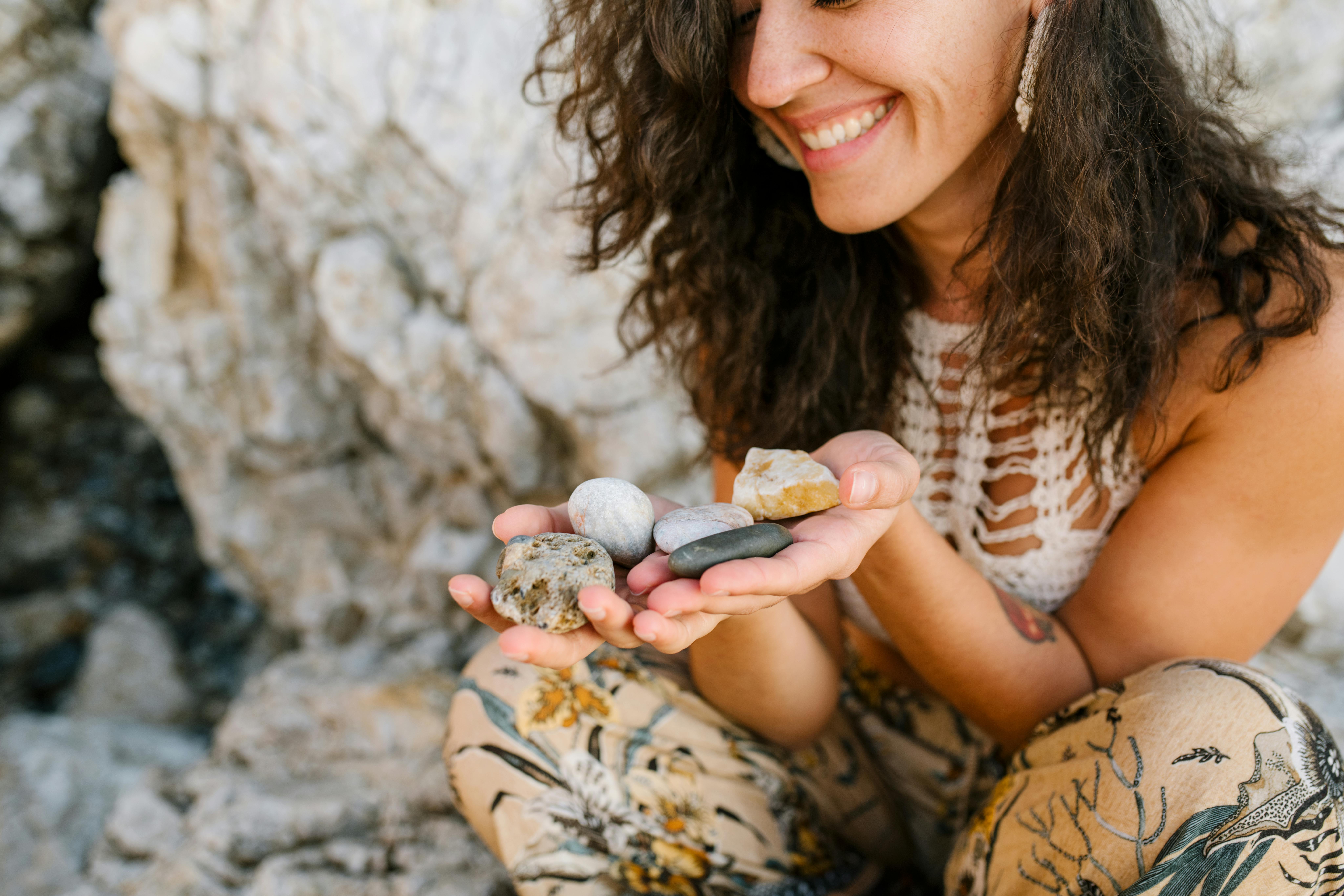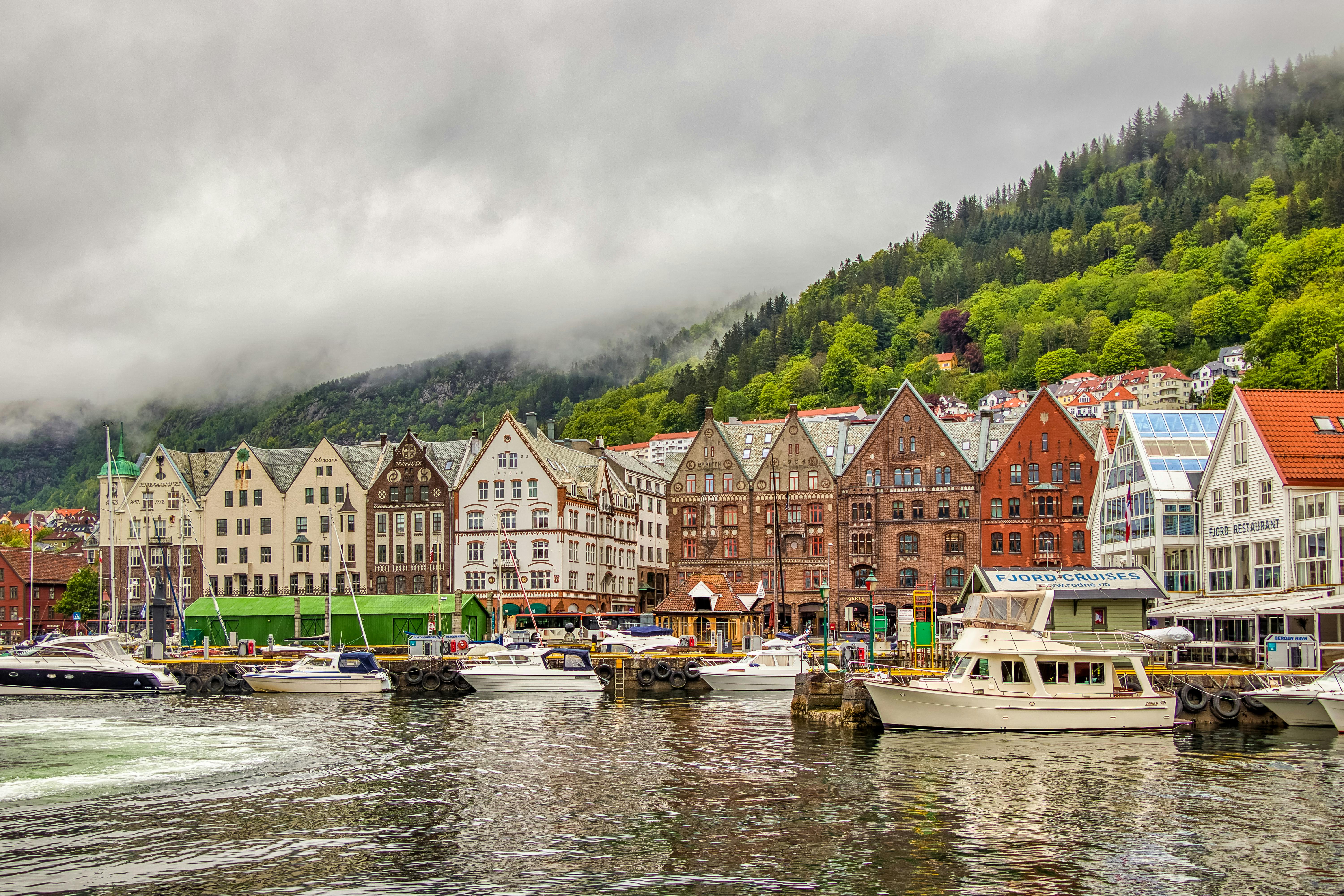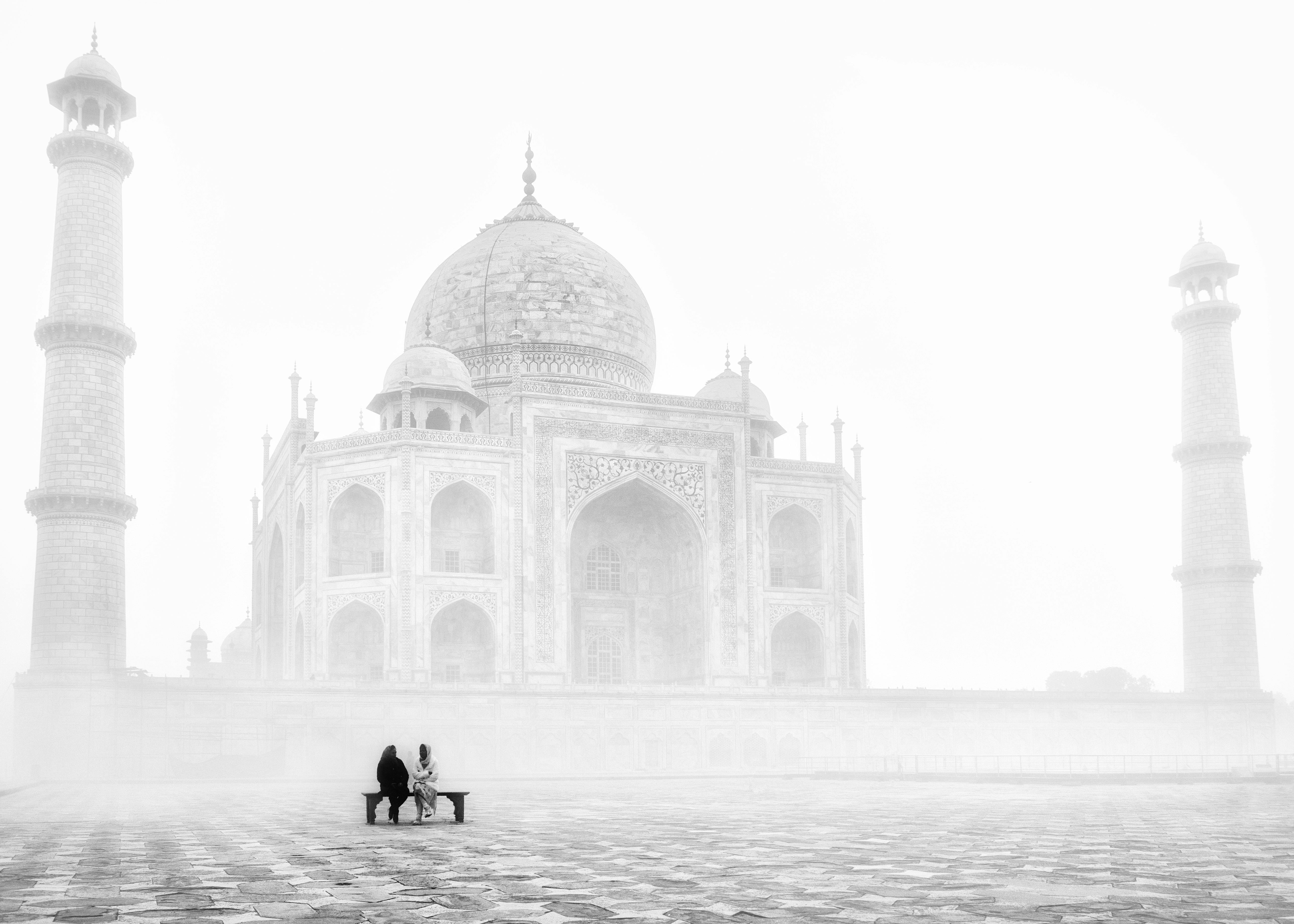Sydney’s history as a modern city began in 1778 with the first landing of English prisoners and settlers. With the American Revolution ending England’s ability to send convicts there, they headed to Australia, which Captain Cook had discovered a few years earlier in 1770. England continued to send convicts to Australia until 1840. Shortly thereafter, in 1842 Sydney became officially in a city. Aboriginal people occupied the land where Sydney is located for thousands of years before the first settlers arrived, but they did not call it Sydney or build permanent structures.
As in any country where outsiders moved, the Indians suffered. The loss of life and territory in the early years led to the loss of their children (known as the stolen generation) later on. The Stolen Generation refers to the practice of taking partly Aboriginal children out of their families and placing them in institutions where they probably learned to become domestic servants rather than receive a true education. The book Follow the rabbit proof fence by Doris Pilkington details the true story of the struggle of a family of these children trying to return home.
Once again, like other countries, modern Australia has done its best to make things right. Aborigines now have the same rights as any other citizen.
The name Sydney comes from Thomas Townshend, also known as Lord Sydney. Commissioned the first fleet to Australia. At the time they called it New South Wales, the name Captain Cook gave to the newly discovered land. The state in which Sydney resides still bears the name of New South Wales.
The first settlers first established their colony in the historic area of Sydney now known as The Rocks. The sandstone found there gave them enough material to build roads and buildings. Many original structures have recently been restored to their original old world charm. Once a rat-infested neighborhood, the rocks now house hotels, shops, and restaurants. The G’Day Café there makes excellent kebabs (a Lebanese bread wrap).
The Rocks is located between the access to the Sydney Harbor Bridge and Circular Quay. Across from Circular Quay, the world famous Sydney Opera House sits on a point of land jutting out onto the water’s edge. Much newer than the historic buildings at The Rocks, the Opera House opened in 1973.
The discovery of a pass through the Blue Mountains west of Sydney in the early 1800s, followed by gold found in various areas of the country in the mid 1800s, brought an influx of immigrants to Australia. Both helped spread the population beyond Sydney, although even now most Australians live in New South Wales.
In 1901, Australia became part of the British Commonwealth. This gives Australians the freedom to live and work in Europe or Canada that American citizens cannot find. Construction of the Sydney Harbor Bridge was completed in 1932. Walk, bike, drive or take the train to cross the bridge. Pedestrians enjoy magnificent views of the opera, the harbor and the surrounding area. The more adventurous can enjoy the popular bridge climb.
Options for exploring the city include hop-on hop-off double-decker buses with routes around the city or to Bondi Beach. Trains take passengers to all of Sydney’s suburbs, as well as to the surrounding areas of the city. From the central station, the train lines go anywhere, including the airport. Or take the light rail to Darling Harbor, home to a convention center, museum, shops, restaurants, an aquarium, and a casino. Try a harbor cruise or take a ferry or water taxi to explore the coastal areas. Other options include taxis, buses, or rental cars.
Modern Sydney offers tourists a multitude of options. Museums, shops and restaurants abound. Beaches, parks and the aquarium and zoo offer more options. Visit the Queen Victoria Building, built in 1898 to see the old world. The intricate architecture and ornate stained glass windows create magnificent images at any time of the year. During the Christmas season, a three-story tree decorates the interior. Australians say you know it’s Christmas when the jacaranda trees are in bloom. These beautiful trees adorn the city with their exquisite purple flowers.
Enjoy an elite meal atop Centrepoint Tower for a genuine taste of Australia, including crocodile or kangaroo meat. Shop for Australian opal jewelry anywhere or visit Paddy’s Market for affordable products of all kinds. Like most major cities, Sydney has a Chinatown area with its own unique mix of shops and restaurants.
Despite being one of the most expensive cities in the world to live in, Sydney is also one of the friendliest. Maybe that has something to do with the abundance of sun. It has something for everyone. Tourists from everywhere will find something to do in Sydney. Or use it as a starting point to head to other major points of interest in Australia, the interior or the Great Barrier Reef.



